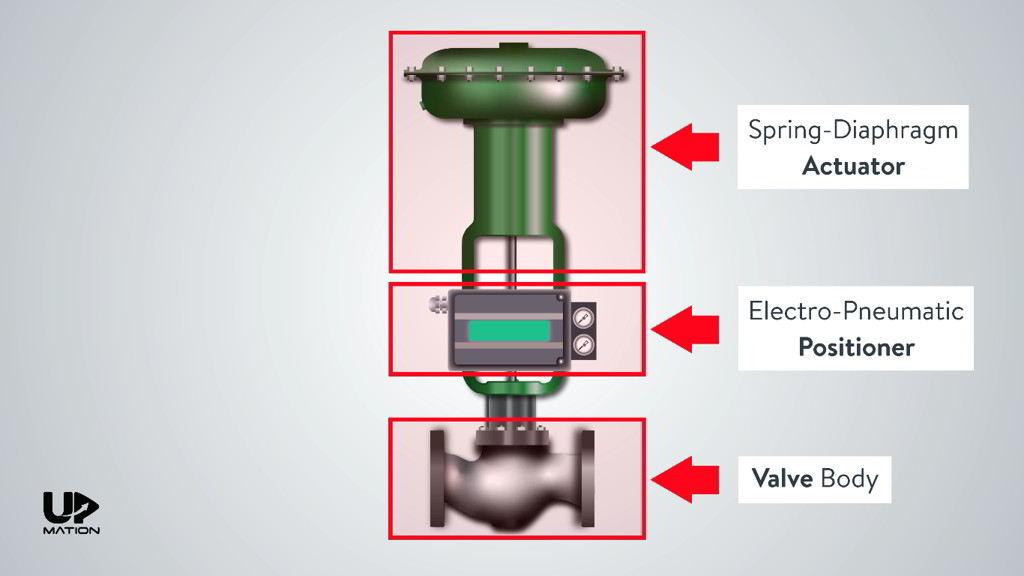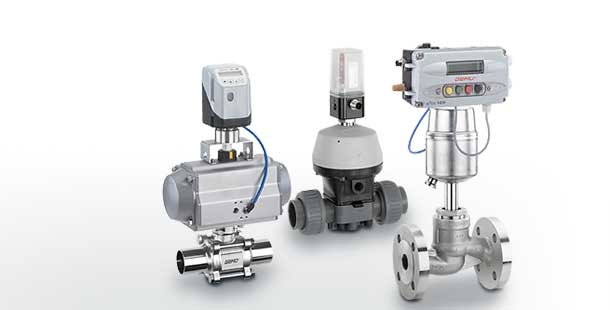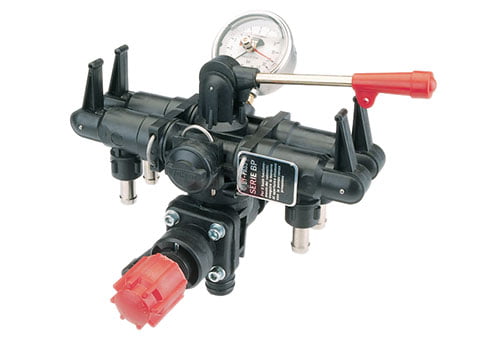The Duty of Control Valves in Liquid Circulation Monitoring Equipment
The Duty of Control Valves in Liquid Circulation Monitoring Equipment
Blog Article

Maximize Power Financial Savings and Comfort With Advanced Structure Automation Controls
In the world of modern-day design and facility management, the assimilation of sophisticated structure automation manages stands as a crucial innovation. The convergence of technology and sustainability has actually birthed a brand-new period where power effectiveness, comfort optimization, and functional streamlining are no much longer achievable realities yet remote aspirations. By harnessing the power of automation, buildings can adjust, respond, and develop in manner ins which were once unbelievable. The potential for significant power savings and improved comfort is not just a promise but a possibility waiting to be fulfilled. This standard change in building monitoring holds the vital to opening a globe where environmental conscientiousness and passenger wellness harmoniously exist together within the wall surfaces of our frameworks.
Energy Effectiveness Perks
Energy efficiency benefits can considerably decrease energy usage and operational prices in structures. Energy-efficient systems, such as sophisticated building automation controls, can optimize the use of resources like cooling, home heating, and illumination, leading to reduced energy expenses over time.
Furthermore, enhanced energy efficiency can extend the life expectancy of structure devices and systems. By running much more effectively, cooling and heating systems, lighting fixture, and other building parts experience less damage, leading to decreased upkeep and replacement prices. Furthermore, energy-efficient buildings frequently regulate greater home values and rental prices, giving long-term monetary benefits to owners.
In addition, power effectiveness can improve owner comfort and productivity. Effectively controlled interior environments with optimal illumination and thermal conditions produce a more helpful and enjoyable office, causing enhanced employee fulfillment and performance. Overall, the power effectiveness benefits connected with advanced structure automation controls are multifaceted, including price savings, environmental stewardship, and passenger health.
Enhanced Comfort Control
Enhancing convenience control in structure environments needs a sophisticated combination of innovative automation systems for optimal passenger well-being. By making use of advanced structure automation controls, facilities can tailor the indoor atmosphere to satisfy the certain requirements and choices of passengers. These systems make it possible for specific regulation of air flow, lights, and temperature, producing a efficient and comfy ambience. Resident fulfillment and productivity are carefully linked to thermal comfort, making it necessary to have systems in location that can adapt to changing problems in real-time.
By including these innovative controls, buildings can not just enhance comfort however also enhance power efficiency by enhancing system procedures based on actual tenancy and usage patterns. Inevitably, focusing on resident comfort via sophisticated automation systems leads to a more enjoyable and much healthier interior atmosphere.
Functional Effectiveness Improvements

Additionally, the execution of real-time surveillance and analytics devices makes it possible for structure operators to recognize energy ineffectiveness and operational anomalies without delay. By continually monitoring energy usage patterns and system efficiency metrics, modifications can be made in real-time to enhance power intake and make certain peak operational effectiveness. control valves. Furthermore, integrating demand reaction approaches right into structure automation controls click for more can additionally boost operational efficiency by dynamically adjusting power use based on grid conditions and prices signals
Indoor Climate Optimization
Reliable interior climate optimization is a fundamental element of building automation controls, making certain owners' convenience and wellness while maximizing power Go Here cost savings. By making use of sophisticated sensors and controls, developing automation systems can continuously change and keep track of temperature, humidity levels, air high quality, and ventilation to develop an optimal indoor setting. Keeping comfortable and consistent conditions not just boosts passenger contentment yet also boosts efficiency and total well-being.
Indoor climate optimization also plays an important role in power effectiveness. By fine-tuning home heating, air conditioning, and air flow systems based on real-time information and occupancy patterns, developing automation controls can dramatically minimize energy intake - control valves. Applying approaches such as demand-controlled air flow and thermal zoning can help reduce energy waste while making certain that each location of the structure gets the required conditioning.

Sustainable Atmosphere Production
Structure automation manages not only optimize indoor environment problems for energy effectiveness and resident comfort yet additionally lay the structure for producing a lasting setting via calculated administration of systems and sources. By incorporating advanced structure automation modern technologies, such as sensing units, actuators, and intelligent software, centers can keep an eye on and adjust energy use in real-time to lessen waste and decrease their carbon impact. These systems make it possible for anticipating maintenance, this hyperlink identifying possible problems before they escalate and maximizing equipment efficiency to improve longevity and effectiveness.
Additionally, sustainable setting production expands past power administration to include water conservation, waste decrease, and interior air top quality enhancement. Building automation controls can regulate water usage, spot leaks, and ensure proper waste disposal practices, adding to general sustainability efforts. Furthermore, by keeping an eye on and managing ventilation and filtration systems, these modern technologies improve resident health and performance while reducing energy consumption connected with cooling and heating procedures.
Final Thought
Finally, progressed building automation manages deal considerable advantages in terms of power financial savings, comfort control, functional efficiency, interior environment optimization, and producing a lasting setting. By executing these controls, buildings can accomplish optimum efficiency while reducing energy consumption and enhancing owner comfort. It appears that making use of innovative automation innovation is crucial in boosting building performance and creating a much more lasting future.
Power performance benefits can substantially lower power intake and functional prices in structures. On the whole, the power performance advantages associated with advanced building automation controls are multifaceted, encompassing cost savings, environmental stewardship, and owner well-being.
Furthermore, including demand feedback methods right into structure automation controls can even more enhance functional effectiveness by dynamically readjusting power usage based on grid conditions and rates signals.
Structure automation regulates not just maximize interior climate conditions for power performance and owner comfort yet additionally lay the structure for developing a lasting setting via critical management of resources and systems.In final thought, progressed building automation controls offer substantial advantages in terms of energy cost savings, comfort control, operational effectiveness, interior environment optimization, and producing a lasting setting.
Report this page